A fine Beethoven cycle enters a much-recorded arena
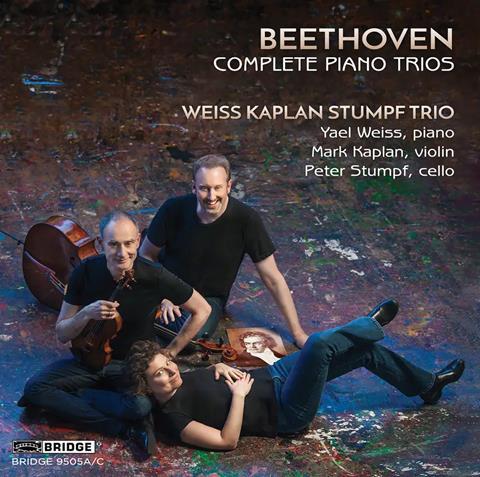
The Strad Issue: February 2024
Description: A fine Beethoven cycle enters a much-recorded arena
Musicians: Weiss Kaplan Stumpf Trio
Works: Beethoven: Complete Piano Trios: op.1 nos.1–3, op.70 nos.1 ‘Ghost’ and 2, op.97 ‘Archduke’; Variations op.44, op.121a
Catalogue number: BRIDGE BRIDGE9505AC (3 CDs)
The Weiss Kaplan Stumpf Trio is not a regular recording ensemble: it has appeared on albums dedicated to the music of Lerdahl and Lansky, and some years ago released a disc of trios by Brahms and Smetana. The three musicians have, however, been performing together for over 20 years, specialising in Beethoven.
Now the group offers a recording coupling the six ‘standard’ piano trios and a pair of variation sets. The designation ‘complete’ isn’t quite true: missing are the early WoO38, a couple of single-movement Allegrettos and op.11, in which the violin often substitutes for the specified clarinet – all works that are included on complete sets by the likes of the Florestan and Wanderer trios. This new set, however, mixes up the trios to form satisfying programmes.
It’s an attractive prospect, and in the main the performances satisfy on their own terms. Violinist Mark Kaplan plays a Stradivari from 1685, cellist Peter Stumpf a 1642 Amati, with pianist Yael Weiss on a standard concert Steinway. The microphones come in fairly close (the recordings were made in 2019 at the American Academy of Arts and Letters in New York) and catch occasional breath and finger sounds but reveal these musicians’ consistent sincerity of utterance and observance of Beethoven’s detailed markings.
Review: Brahms: Piano Trio no.1 in B major op.8. Smetana: Piano Trio in G minor op.15
Read: Opinion: Rethinking Beethoven’s String Quartet op.135
Book review: Beethoven: The String Quartets
The ‘Ghost’ Trio opens proceedings and illustrates the group’s strengths: unanimity of ensemble and clarity of line, Weiss’s piano providing the propulsive power in faster music but all borne along upon the refined support of Stumpf’s cello. Kaplan’s violin tone is slender rather than refulgent; an occasional rasp and one or two untucked corners might have been smoothed over with an additional take or two but contribute to the vividness of the music making. The players seem happiest in livelier writing: the slow movement that gives the ‘Ghost’ its name lacks the gothic chill found by other groups. It’s no surprise that the op.1 Trios, with their essentially 18th-century aesthetic, are among the highlights here, the C minor (no.3) especially gripping in its Sturm und Drang intensity. Lighter moments in the later works, such as the Scherzo of the ‘Archduke’, also come off well, and the two sets of variations are finely characterised. Turn, though, to the Vienna Piano Trio (Nimbus) in the First Trio’s Adagio the better to hear the awed depths the young composer was capable of plumbing in more tender music.
Weiss, Kaplan and Stumpf save the best till last – the Trio op.70 no.2 – which so often seems to struggle to transcend the shadow of its more popular named neighbours. It sounds as if this is the piece these musicians have most enjoyed, their enthusiasm coming over in spades, bringing their sincere, spirited survey of this repertoire to a genial conclusion.
DAVID THREASHER

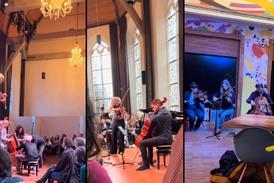
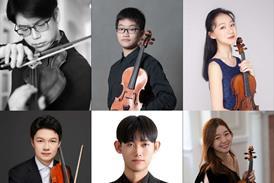
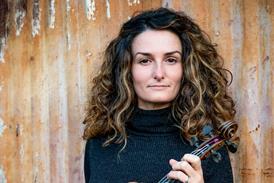
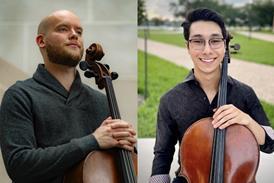
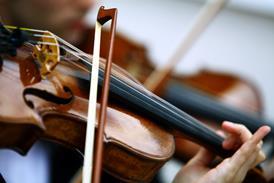
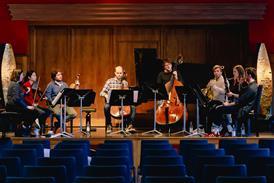
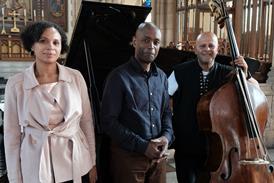

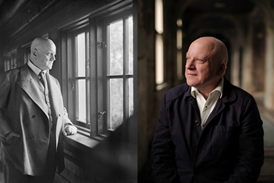
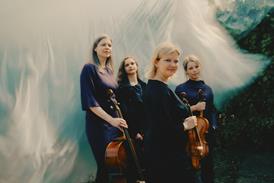
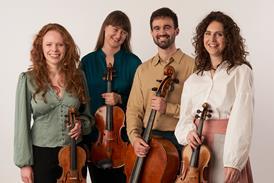
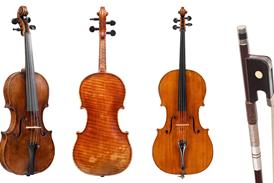
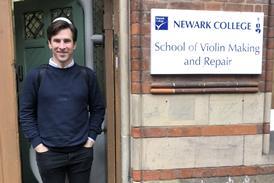
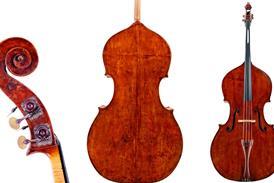
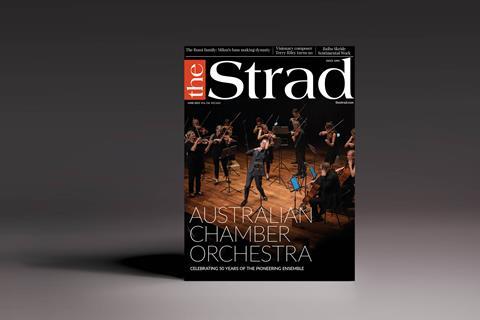




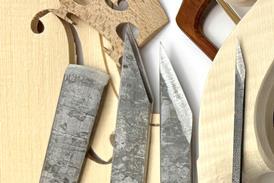

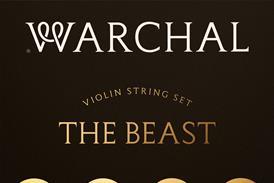












No comments yet